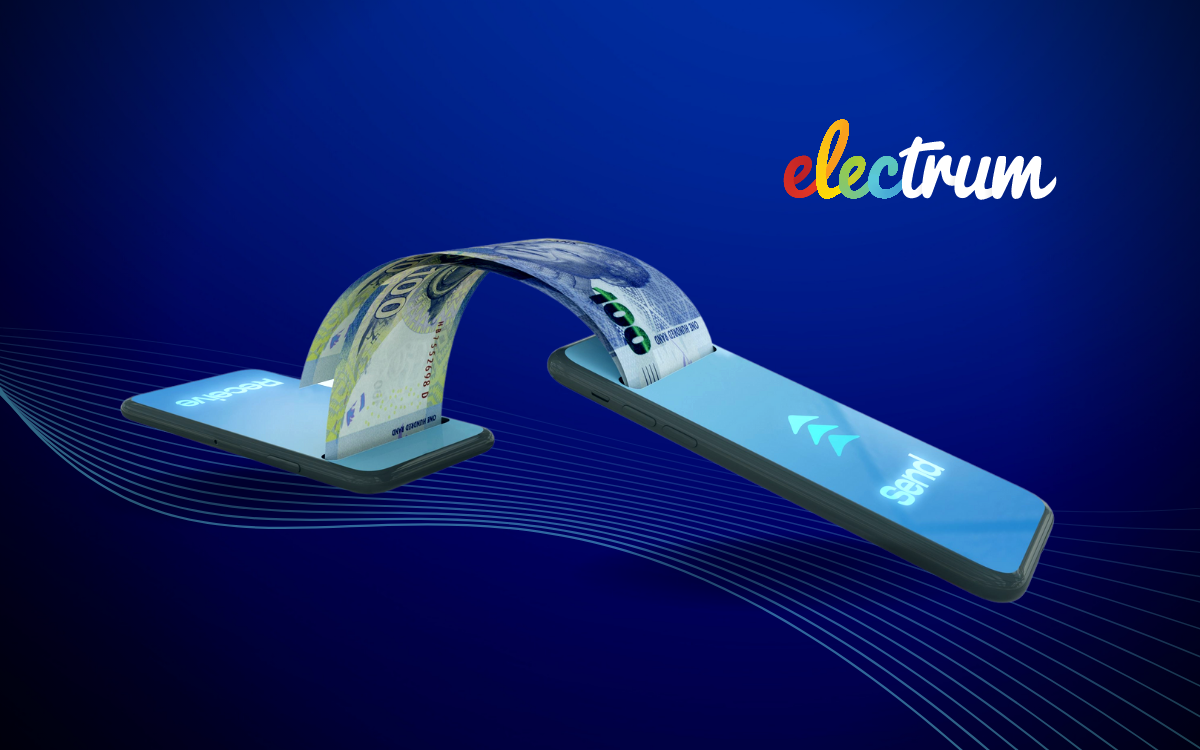
Fast payment systems are especially topical as PayShap is being launched by more South African banks and adopted by consumers. Discussions at the recent Open Payments Conference made it clear that cost and consumer needs are important factors in the success of any new payment system, but what else drives adoption? This blog examines six key factors we’ve identified from global learnings.
It is important to note that consumer adoption is intertwined with merchant adoption and participant adoption. There is a balance between the demand for a service and the accessibility of a service. Examining the various forms of fast payment systems from around the world has highlighted six main contributors to how a new system gets adopted (or doesn't).
1. Support of the relevant use cases
As discussed extensively in our previous article, successful use cases solve real pain points for consumers. At the Open Payments Conference, one bank panellist made an interesting comment about use cases, saying ‘how do we prioritise use cases? There is no shortage of use cases from the industry - so how do we leverage our strengths rather than letting them get pushed to the back of the queue? We need to remember our true north and deliver purpose-driven solutions.’
When it comes to faster payment implementations, use cases can be split into standard and extended use cases. Standard use cases that most fast payment implementations around the world support include P2P (person-to-person) credit transfers and merchant payments (such as via a QR code).
Request-to-pay (RTP) is an especially interesting and attractive use case that provides many consumer benefits. Prominent fast payment implementations around the world that support RTP include Thailand (PromptPay), India (UPI), the UK (Faster Payments), the European Union (SCT Inst), the USA (RTP and FedNow), and Australia (NPP).
Other interesting use cases include future-dated (scheduled) payments, recurring (standing order) payments, deferred payments, and bulk payments.
2. A positive user experience
Any payment system needs to be easy to use in order for it to be widely adopted. This is especially relevant as most fast payment systems are designed to move users towards a digital method of transacting, possibly for the first time. The user journey needs to be easy to understand and frictionless - if it is too complicated, then cash will remain their default. A few examples of features that can improve the user experience include:
-
Ensuring the fast payments button is easy to find, e.g., on the first screen of a mobile app.
-
Support of proxy payments to make a payment as simple as possible.
-
An easy and convenient activation process.
-
Considering the mobile data costs associated with transacting via the app.
Understanding consumer expectations of a mobile experience is important: the ability to interact anytime, anywhere, and with anyone, is now extending to payment services. This is one of the reasons why so many recent fast payment implementations prioritise mobile technology.
It is worth mentioning that ensuring a good user experience for a business is just as important as ensuring a good experience for consumers. This is where the role of standardised technology such as APIs or QR codes becomes important to the final offering.
3. Affordability
Many of our previous blogs have mentioned the role of cost to the consumer, which is one of the factors that is being debated as new banks are launching PayShap and announcing their fee structures. Part of the non-banking participant panel discussion at the Open Payments Conference touched on this aspect, with one panellist commenting that ‘the quality of inclusion is important and we have room for growth in South Africa. PayShap is an important part of this… we need to drive down the cost of payments.’
Although the pricing of PayShap is left to the participant bank to determine, other countries have taken different approaches to South Africa when it comes to fees of fast payment services, by:
-
Mandating low or zero fees: A number of countries have mandated fast payments to either be free of charge or capped at low fees. In Mexico, transactions via the CoDi service (a request-to-pay overlay service) are free of charge for both the payer and payee. And, in Thailand, all PromptPay transactions initiated via electronic channels are free of charge.
-
Incentivising low or zero fees: As explored in a recent article, incentive programmes have been used to impact both the fee structures of banks and the uptake of use by consumers.
4. Coverage
A key element to the successful adoption of new payment services is how wide the coverage can be achieved within a market. Being able to quickly grow the reach of new services, so that the majority of account holders are able to transact using the initiative, is critical to the overall implementation and success of fast payment services.
Allowing all players to participate in a new fast payment solution ensures that all users (individual and business) are able to perform transactions across the entire payments ecosystem of banks and processing participants. Furthermore, this promotes competition which results in increased cost-effectiveness. The network effect comes into play when the service becomes expected by users, in turn resulting in even further participation and coverage.
Exploring global implementations of systems shows us that two routes can be taken to boost the coverage of a service:
-
Mandating participation, such as in Brazil where all banks are mandated to support Pix. Enabling non-bank participants to process fast payment transactions.
-
Enabling non-bank participants to process fast payment transactions; such as in India where third parties were invited to use the real-time rails to deliver a frictionless user experience.
5. Merchant adoption
The 2023 Modernised Payments in South Africa Report surveyed merchants about relevant factors that would motivate them to implement new payment methods. Both formal and informal merchants revealed that consumer demand is the most important factor when implementing new payment methods. This was followed closely by the service being more affordable, and the factor of settlement speed.
Incentive programmes can again play a role when it comes to driving merchant adoption, through the waiving of fees or by giving cash-back bonuses. When it comes to enterprise retailers, these businesses are sometimes mandated to accept fast payments.
Additional services can be used to add value to a fast payment system in order to drive adoption. An example of this is the capability of fast payments to enable the integration of the payment message with electronic reconciliation processes to facilitate record-keeping about the underlying transaction. In Singapore, the debit transfer capability of FAST opens up new possibilities for merchants. For example, once a direct debit mandate has been set up between a retailer and a customer the retailer can safely release the goods when funds are received, while the customer does not need to initiate any payment at the POS.
6. Trust and familiarity
Trust is a significant contributing factor to whether new initiatives will be adopted by consumers or not. One way in which trust can be boosted is through Government-launched mobile apps.
Italy is an interesting case where an advertising campaign proved to be helpful in promoting their fast payment solution. However, Italian banks reported that one of the main obstacles was convincing consumers that the new service added value. This was particularly difficult in a country like Italy where efficient electronic payment solutions are already available, often through internet and mobile connections. The quick and easy activation process played a key role in encouraging consumers to shift from traditional payment methods.
In India, in order to include consumers with non-smartphone devices and to keep a familiar channel available, an interoperable platform based on USSD connecting all the telecom service providers in the country was implemented.
All of these factors combined impact the adoption and successful implementation of fast payment innovations. We will have to see how the story of fast payments in South Africa unfolds in the coming months.

We would love to hear your thoughts on the progress of payment modernisation in South Africa. Follow us on LinkedIn to continue the discussion, or reach out to us by email.

Helen Whelan
Helen Whelan is a Content Writer at Electrum. With a BSc (Hons) from Rhodes University, she enjoys the combination of creativity and technical topics that content creation at Electrum involves. Cats and coffee fuel her day.
Electrum Newsletter
Quarterly insights and news to help you keep up with the latest changes in the payments landscape







